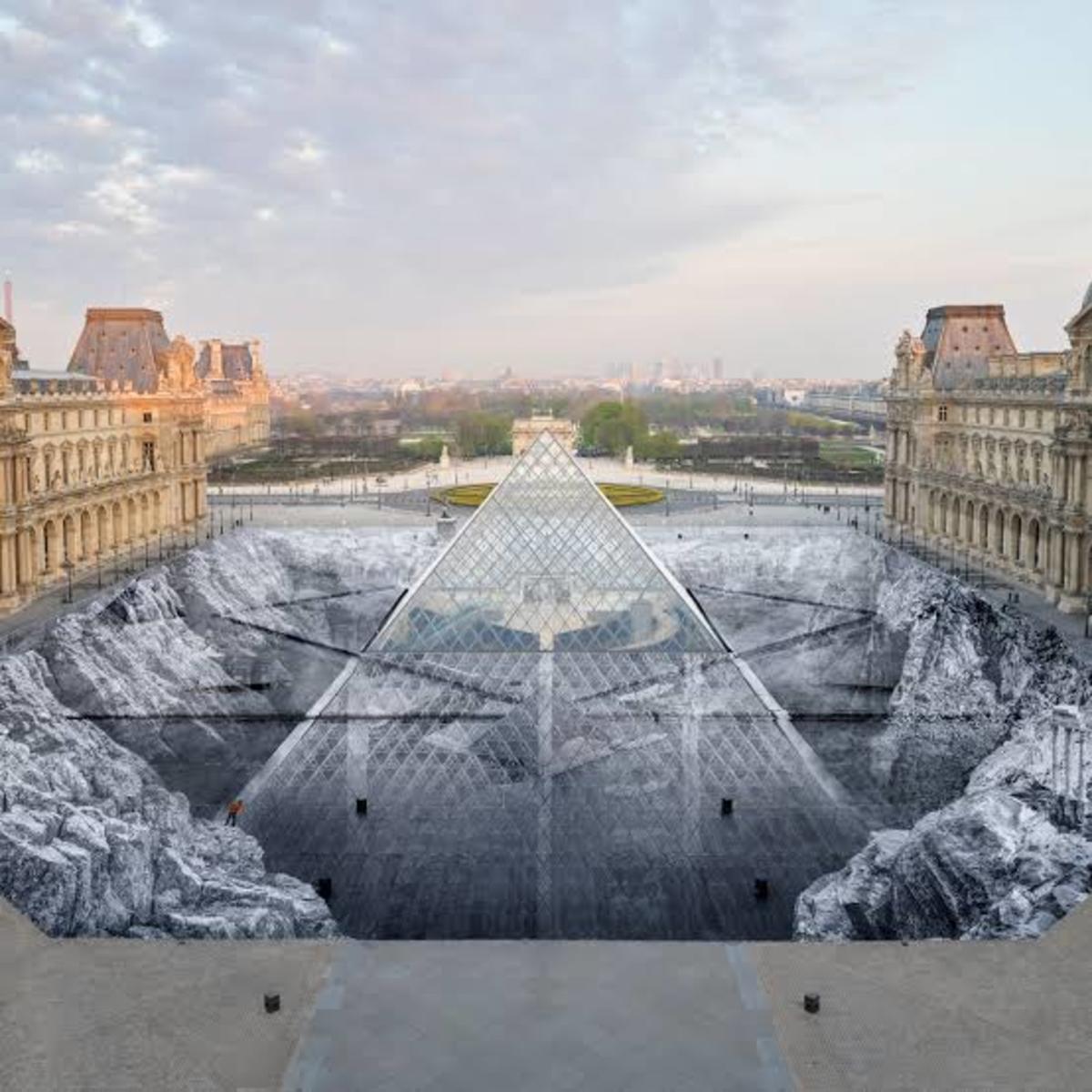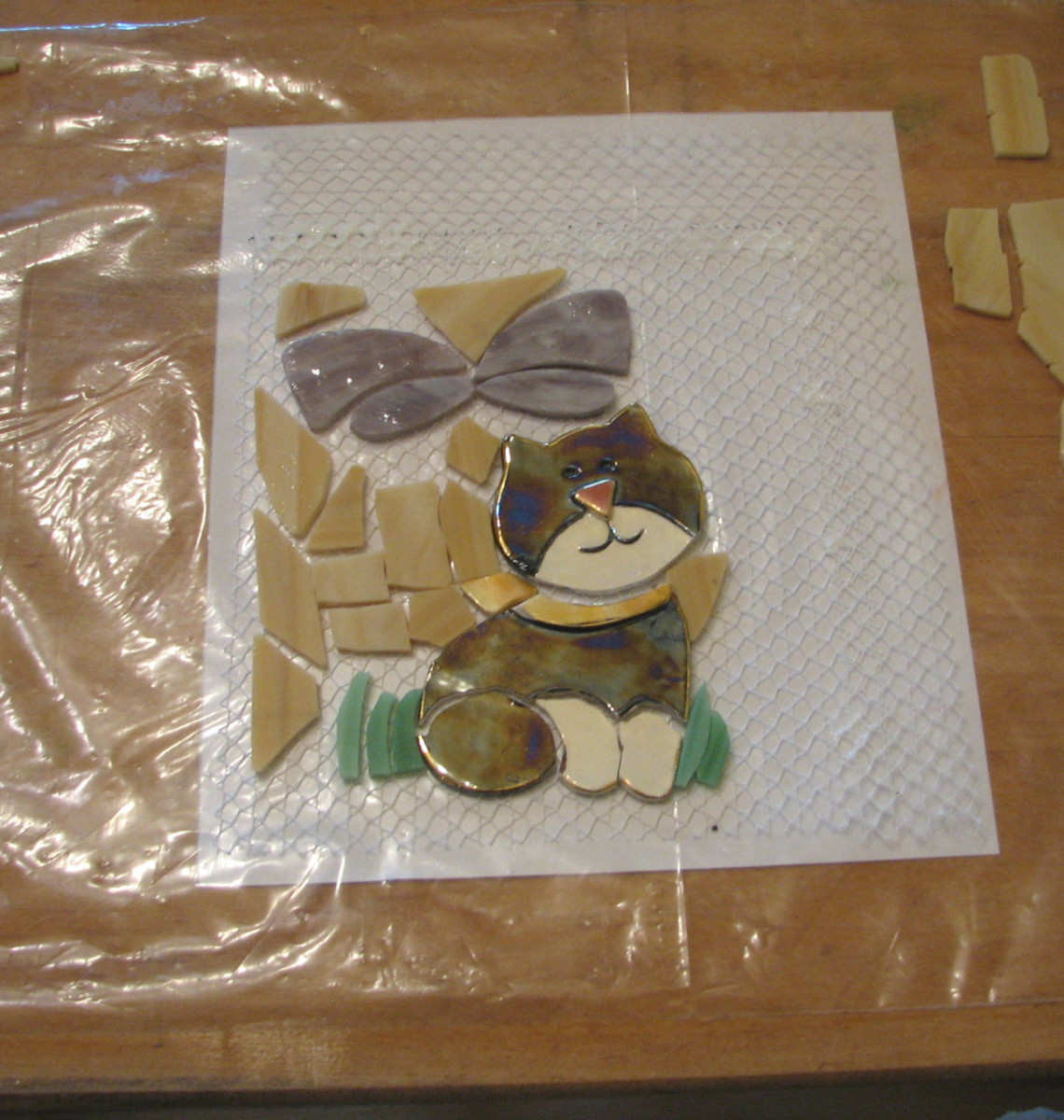Book review of Understanding Installation Art from Duchamp to Holzer by Mark Rosenthal
Is Disneyland an example of Installation Art?
The book Understanding Installation Art from Duchamp to Holzer, by Mark Rosenthal, is an insightful book into the nature and history of installation art. Mr. Rosenthal makes the case that the medium of Installation art can be anything, or nothing; that a specific installation may be jammed full of stuff or that it can be completely empty - or anyplace in between. He points out the ongoing history of this type of art, from the cave paintings at Lascaux, through the middle ages at the Sistine Chapel, right up to the present day. He touches on the universality of experience that the installation piece may offer; and demonstrates how of all art forms it most closely mimics life, and thereby can heighten the everyday experience that it replicates.
The body of the book is filled with photographs from around the world of various installation art pieces, and an explanation of where they fall within four loosely defined categories that Mr. Rosenthal has devised. He has two larger categories, and each of those is subdivided further into two parts. Mr. Rosenthal stresses that these aren't a rigid structure, but rather flexible poles around which individual pieces of art may be described. It is his hope that this will illuminate the discussion and exploration of installation art for the reader. It made it much easier for me to get an overall picture of what the distinctions between various pieces were, and where they fell on a continuum to have these guidelines in place.
The first sweeping category he dubs "Filled Space" installations, and these are art expressions that are constructed in disregard to the physical or cultural location surrounding them. They tend to be more concerned with artifice or a private vision of the world. This category is divided into Enchantments and Impersonations.
Enchantments are by nature fantastical, whimsical, otherworldly; often deeply private, they are sometimes humorous explorations of the space by the artist. An enchantment takes the experience of the everyday and moves it in the direction of hyperbole, of fantasy; towards the integrity of the artist's vision embodied in the space around the viewer. An example of this kind of work is Duchamp's 1,200 Bags of Coal; where the artist hung bags of coal from the ceiling of the Charles Ratton Gallery in Paris, 1938.
The second subdivision of Filled Space installations are Impersonations. These are artworks that most closely represent the actual world; lacking only that identify because of their origins in art. For example, the Installation by the artist Jannis Kounellis consisted of recreating a stable of horses (complete with horses) in the art gallery Galleria L'Atticco in Rome (1969). Another more recent example is that of Christine Hill who opened Volksboutique (a fully functioning thrift store) in 1997 for the duration of the Documenta Exhibition in Kassel.
The second overarching category is that of the "Site Specific" installation. This sort of art piece is intimately connected to the cultural or physical location that it inhabits. It may be a specific museum, or cultural or urban landmark; or it may be completely set out in a rural area. The underlying principle of a Site Specific installation is that it comments on or enhances the experience of the location for the viewer.
Rosenthal divides this category into two parts. The first are interventions. These are pieces that actively re-interpret the nature of the space for the viewer. They may enhance the mundane aspects of the room - as does Carl Andre's 100 Pieces of Copper (by drawing the viewer's attention to the rest of the room); or they may suggest something about the spaces involved - as did Daniel Buren's Within and Beyond the Frame (by visually extending the influence of the gallery space to the outside world . . . and vice versa). Interventions may help the viewer to reconsider some aspect of art; or even life itself!
Finally Rosenthal ends his book with a chapter on what he call Rapprochements. Here the "artist sees the site as an accomplice, not as an enemy of the work of art." (An oppositional stance was often experienced with Interventions.) Much of Christo and Jeanne-Claude's work (where they would wrap buildings or other masses with fabric) can be classified this way. Another example is Janet Cardiff's In Real Time from 1997 at the Carnegie International Exhibition. Here, through the medium of "the handheld digital camera, she (Cardiff) accompanied the viewer on a walk through the entire Carnegie Institute Complex in Pittsburgh." The experience was further enhanced by Cardiff's voice offering an eerie, immediate and gripping tour for the participant.
Do you have a better idea of the scope of Installation Art after reading my review?
By reading the book I got a better idea of what can constitute installation art, and it has helped to inspire my own ideas about how to make art. Additionally, it presents an intelligible and cohesive argument focussed on what makes for a piece of installation art. It references with full color and black and white photos events and examples of art within this genre. Finally it makes a case for the universality of the experience of installation art, suggesting that it will hold its own for decades to come. I thoroughly enjoyed reading this book, and found it illuminating and entertaining.









